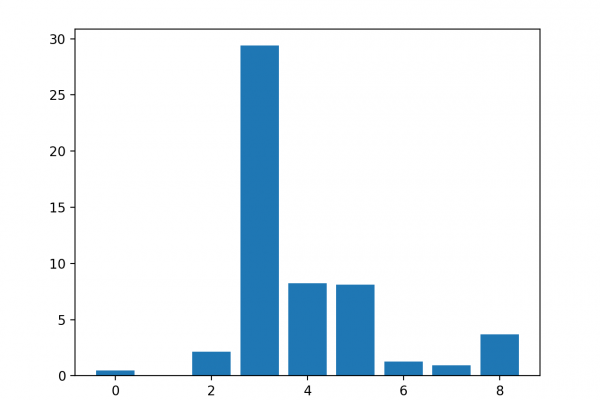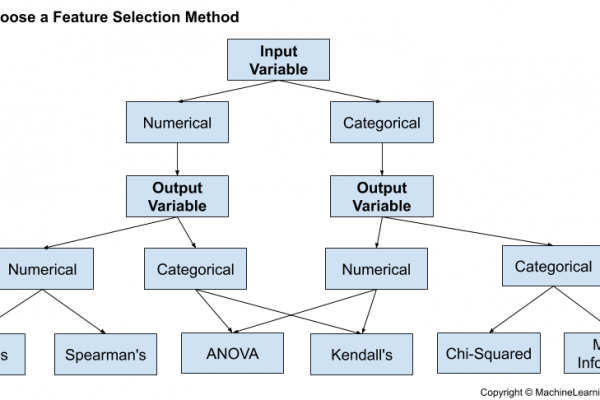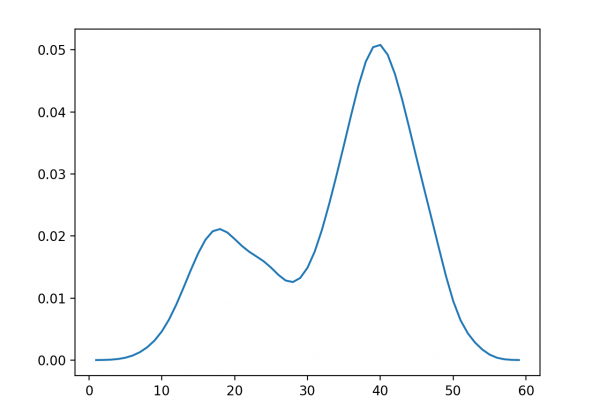How to Connect Model Input Data With Predictions for Machine Learning
Last Updated on August 19, 2020 Fitting a model to a training dataset is so easy today with libraries like scikit-learn. A model can be fit and evaluated on a dataset in just a few lines of code. It is so easy that it has become a problem. The same few lines of code are repeated again and again and it may not be obvious how to actually use the model to make a prediction. Or, if a prediction is […]
Read more








